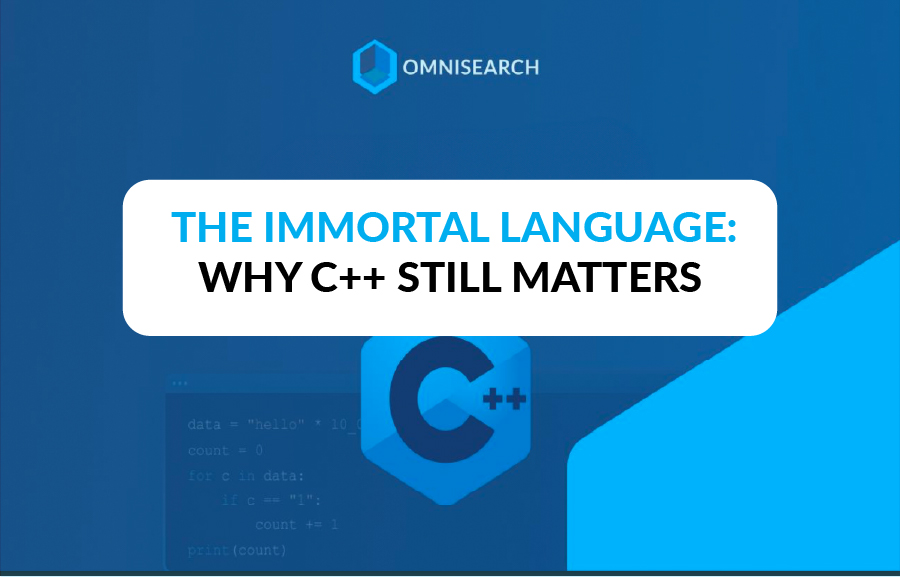Something Blue, Nothing Borrowed, Everything Simulated

Patricia Butina
Marketing Specialist
Published:
March 23, 2025
Topic:
Insights

Blue: The Robot That Doesn’t Talk (But Says Everything)
by someone who can’t stop thinking about robots this month
We’re only halfway through March, and it already feels like the AI world is in turbo mode. I’m not complaining. Quite the opposite. But seriously, how is anyone supposed to keep up?
One of the biggest tech moments this month was NVIDIA’s GTC 2025 - and if you follow this space, you know that when Jensen Huang shows up with a leather jacket and a keynote, it’s time to pay attention. We got bombshells like the Blackwell Ultra AI chips, Groot N1 for robotics, and partnerships with names like Google DeepMind and GM. There’s a lot to unpack there, and I might break some of that down on LinkedIn soon.
But this post? This one’s about something else. Something… Blue.
Meet Blue: The Robot That Thinks With Its Body
Blue is not your typical robot. It doesn’t do backflips. It doesn’t talk. It doesn’t even have a face.
But somehow, it communicates more than most robots with faces.
Blue looks like it wandered off the set of a Star Wars spin-off, and that’s not a coincidence - this is a joint effort between NVIDIA, Google DeepMind, and yes, Disney. It's designed to be expressive, smart, and approachable. Not flashy. Not fast. Just better at being around people.
What makes it all possible? A new open-source physics engine called Newton.
(And no, not the apple guy.)
Newton: The Physics Engine Built for Robotic Feelings
Newton is a new kind of physics engine -one that’s less about rendering explosions in video games, and more about helping robots understand the world in a tactile, nuanced way. It simulates softness, contact, friction, and even deformation. Basically, it gives robots the ability to feel their movements and adjust accordingly. That’s a game-changer.
It runs on NVIDIA’s Warp (GPU-accelerated, of course) and it supports differentiable physics - meaning robots can learn and improve their movements through machine learning. Backpropagation, but make it physical.
Best part? It’s open source. That’s right - anyone can build on it.
So while you can’t go out and buy Blue at a store, you can build your own version using Newton. Which, if you’re into robotics, probably feels like Christmas came early.
Blue vs. Everybody Else
Let’s talk comparisons for a second.
- Boston Dynamics Atlas: Does parkour. Kind of terrifying. Super impressive. Not exactly trying to hug you.
- Tesla Optimus: Factory workhorse. Great at lifting stuff. Looks like a bodyguard.
- Dobot Atom by Lingxi: High-precision, 28 degrees of freedom. Can make you breakfast. Respect.
Now enter Blue.
Blue doesn’t want to lift heavy things. It doesn’t want to jump over your couch. It just wants to move like it means it. Every gesture is intentional. Every movement has weight. And somehow, it makes you want to trust it.
That’s the breakthrough. This isn’t about physical strength or flashy tricks. It’s about connection. And if you ask me, that’s a pretty big shift in how we think about robots.

Why Disney Cares (Hint: It's Not Just for Fun)
So what’s Disney doing in all of this?
Apart from giving Blue its friendly vibe, Disney is planning to use Newton to power their next-gen BDX droids in parks by 2026. These robots will have unscripted interactions, subtle movements, and a level of realism that feels — dare I say — magical.
Theme parks are the ultimate testing grounds for human-robot interaction. If a robot can handle thousands of unpredictable human interactions per day, in the middle of a hot, crowded park? It can probably handle anything.
The Bigger Picture
Blue doesn’t need to talk. It doesn’t need to run. It doesn’t need to impress you with tricks.
It just moves - in a way that makes you feel like it gets you.
That’s the real story here. Newton and Blue are part of a growing shift in robotics: less about brute force or showmanship, more about intuition, expression, and being present around people. And because it’s open-source, it’s not just a Disney-NVIDIA-DeepMind thing. It’s a you thing too - if you want it to be.
Robots that feel real, even without words. That’s the future. And it’s not bigger. It’s better.
No sponsors. No GPU benchmarks. Just a robot that made me feel something.






